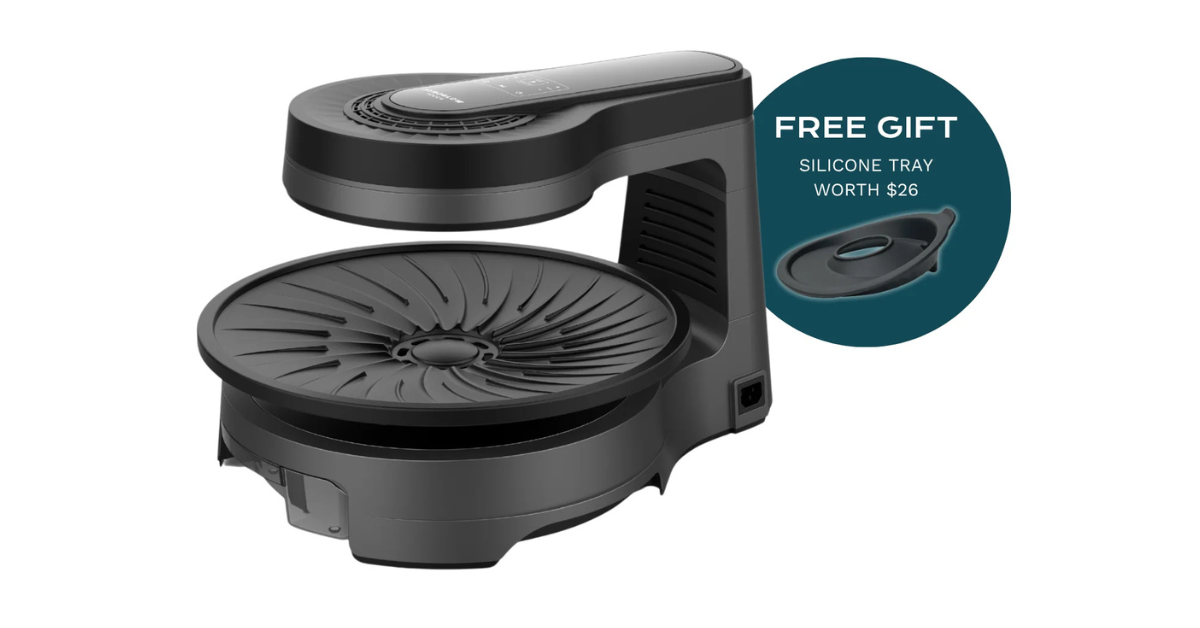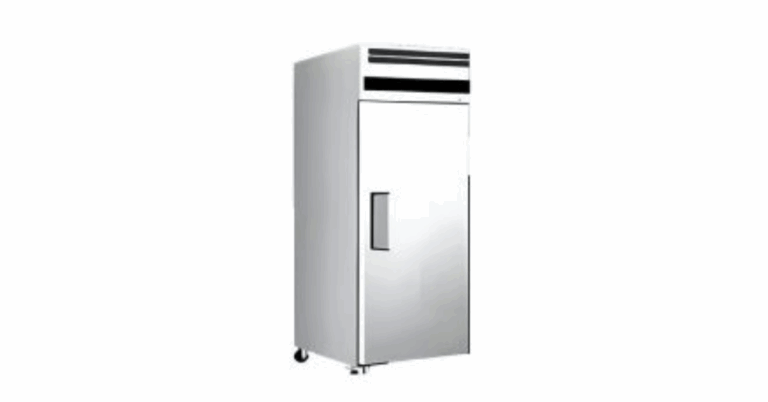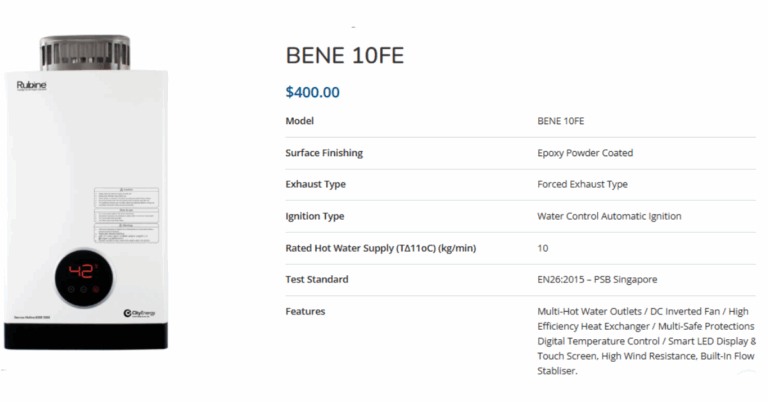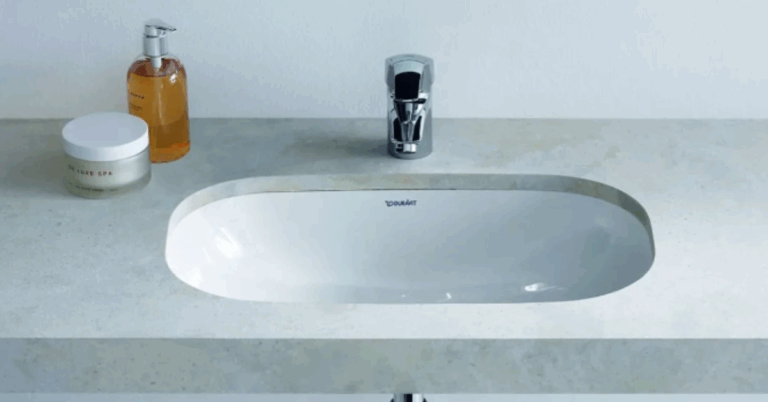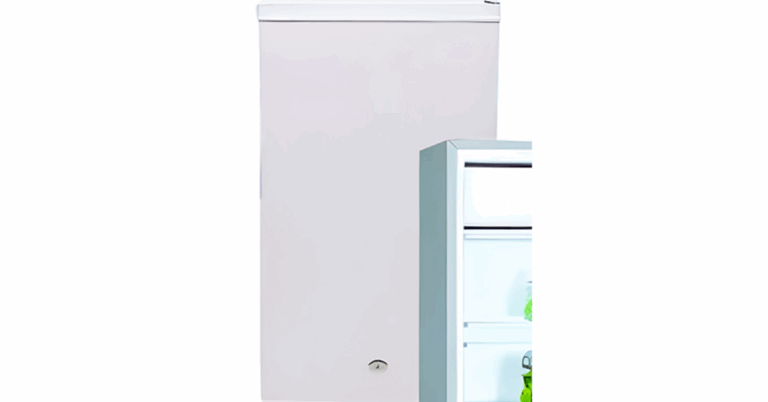Smokeless BBQ Grill: Redefining Indoor Grilling in Urban Homes
When the sizzle of meat teases the senses but thick smoke clouds the air, many urban dwellers shake their heads and close their windows. Enter the Smokeless BBQ Grill, a modern solution that lets you enjoy the barbecue experience without turning your living room into a smokehouse. In this article, we explore how the smokeless BBQ grill is reshaping how people entertain and eat in compact spaces, what features to look for, and how to get the best results from your grill.
The Rise of Smokeless BBQ Grills in City Homes
Barbecue culture is deeply ingrained in many places around the world. Yet traditional charcoal or wood grilling doesn’t always suit modern, high-rise living. Apartments, condominiums, and other tightly spaced residences often lack ample ventilation, making smoke a real concern. People worry about triggering fire alarms, bothering neighbours, and dealing with lingering odours.
A smokeless BBQ grill changes the equation. By combining electric heating, enhanced airflow, and drip/grease trapping systems, these grills can reduce visible smoke dramatically—some claim as much as 99.9%. For instance, one model marketed under the PyroGlow™ brand emphasizes “99.9% smoke-free technology”, achieved through infrared heating and effective grease-management systems.
These designs make indoor grilling more realistic. You can grill on your balcony, inside an air-conditioned space, or even in small flats without worrying about smoke filling the place. On online retail platforms in Singapore, smokeless BBQ grills are often promoted as the ideal choice for urban homes.
But does “smokeless” mean zero smoke? Not quite. Some users report that while smoke is largely suppressed, it’s not entirely eliminated—especially when cooking fatty meats or grilling in bulk. One user on a Singapore food forum recalled testing multiple smokeless grill brands (Philips, Toyomi), and while smoke was far more controlled, they noted that curtains and fabric surfaces still absorbed some smell. The takeaway: these grills minimize smoke greatly but still require sensible use and upkeep.
How Smokeless BBQ Grills Work
To appreciate what you get with a good smokeless grill, it helps to understand the engineering behind them. Here are the main techniques and features used:
1. Electric or Infrared Heating
Instead of open flames, smokeless grills use electric heating elements or infrared technology to cook food. This eliminates the combustion of fuel (charcoal or wood), which is a primary smoke source. For example, the PyroGlow™ model uses infrared heating to reduce smoke output by 99.9%.
2. Grease Traps, Drip Trays & Water Basins
Smoke often results from oil and fat dripping onto a hot surface or heating elements. Smokeless grills intercept these drips via drip trays or basins (sometimes filled with water), which prevents burning and smoke generation.
3. Fan-Assisted Venting
Many smokeless grills incorporate fans or suction systems to pull fumes and vapour away from the cooking zone. This airflow helps carry away smoke before it becomes visible.
4. Sealed or Muffler Design
Some models are designed to partially enclose the cooking area or guide airflow through channels, reducing how much smoke can escape into the room.
5. Rotating or Swivel Grill Plates
To even out heat and avoid hotspots, some grills offer rotating or swiveling plates (e.g., 360° auto-rotate) so that food never lingers over a “danger zone” too long. This feature also helps prevent flare-ups that generate smoke.
Benefits You Gain from a Smokeless BBQ Grill
Cleaner Environment
The most obvious perk: far less smoke in your space. That means fewer odor complaints, less staining of walls/ceiling, and fewer issues with air quality.
Indoor Use & Flexibility
With smoke under control, you’re freer to grill inside or on covered balconies especially in tropical or rainy climates where outdoor grilling isn’t always feasible.
Safety
Without open flames and with better control of grease and drips, these grills tend to be safer in dense living environments.
Ease of Cleaning
Thanks to nonstick plates, removable drip trays, and smarter grease channels, many smokeless grills are easier to clean compared to charcoal grates.
Consistent Temperatures
Electric and infrared heating tend to maintain heat steadily, with less fluctuation good for grilling delicate items like fish, vegetables, or thin cuts of meat.
Things to Consider Before Buying
To get maximum value and satisfaction, here are the key factors to assess:
1. Smoke-Reduction Efficiency
Look for models that advertise very high smoke suppression (e.g., “99.9% smoke-free”). But also read user reviews—some grills may perform differently in real-world use.
2. Power & Heating Range
More watts or stronger heating elements help sear and cook thicker cuts faster. Check the temperature range the grill supports.
3. Plate Design & Material
Nonstick coatings and detachable plates make cleaning easier. Rotating or swivel plates add convenience and even cooking.
4. Size / Capacity
Choose a grill that matches your household. A compact unit is fine for 1–4 people; larger units better suit frequent entertaining.
5. Ventilation / Fan System
The strength and quality of exhaust or fan systems make a big difference. A weak fan may let smoke linger despite the “smokeless” claim.
6. Safety & Build Quality
Look for features like cool-touch housing, automatic cutoffs (when overheating), stable feet, and sturdy construction.
7. Brand Reputation & Warranty
Reliable after-sales support and warranty coverage matter, especially for appliances used heavily.
8. Ease of Cleaning
Removable plates, accessible trays, and dishwasher-safe components make a real difference in day-to-day use.
Real-World Use & Feedback
From community feedback in Singapore and beyond, here are common observations:
-
Cooking time: Smokeless grills often take a bit longer to sear or cook thicker cuts compared to charcoal. Some users say it’s slower than expected.
-
Residual smell: While smoke is minimal, some aroma can still cling to soft fabrics or curtains if near the grill. Venting or opening windows helps.
-
Effectiveness with different foods: Thin meats, seafood, vegetables do very well. Bulkier or heavily marbled cuts (e.g., thick steaks) may challenge the grill’s capacity.
-
Cleaning ease: Many users appreciate how nonstick and drip-management features simplify cleanup.
One real test was done by hobbyists experimenting with different grill brands though smoke was practically invisible, they still noticed that their curtains nearby “caught smell.” That suggests while much better, these grills still require attentive use.
Tips & Best Practices for Using a Smokeless BBQ Grill
To get the most from your grill, follow these guidelines:
-
Preheat properly – Let it warm up thoroughly before placing your food. That helps reduce drips and flare-ups.
-
Trim excess fat – The less fat dripping during cooking, the less smoke you’ll generate.
-
Use thinner cuts or flattened portions – Food with uniform thickness cooks more consistently and triggers less smoke.
-
Moderate oiling – Lightly oil food or grill plates instead of heavy brushing to limit drips.
-
Keep fan/vent on – If your grill has an exhaust fan, run it during cooking to clear vapour.
-
Rotate or shift food – Don’t let any spot overheat; move food around to avoid char zones.
-
Clean after each use – While still warm (but not hot), scrape off residue before it hardens.
-
Use in a ventilated area – Even if smoke is minimal, a window or exhaust fan helps.
The Future of Indoor Grilling
As urban populations grow and more people live in confined spaces, innovations in kitchen appliances must adapt. Smokeless BBQ grills are part of that shift reconciling the joy of grilling with the constraints of modern living. Their continued development may involve better airflow systems, smarter sensors to control heat and smoke dynamically, and modular designs that integrate seamlessly into apartments.
From a lifestyle perspective, these grills encourage year-round barbecue enjoyment. Rain or shine, daytime or night, you can host a grill session in your flat without major logistics or worry.
Conclusion
A smokeless BBQ grill doesn’t just reduce smoke it reinvents the grilling experience for city dwellers. By combining electric or infrared heating, carefully designed grease management, and airflow systems, these grills bring the pleasure of barbeque into spaces where traditional methods would be impractical.
But as with any appliance, performance depends on how well it’s built and how intelligently you use it. Choose a model with good smoke suppression, sensible features, and ease of cleaning; cook with care; and maintain regularly and you may find yourself firing up barbecues more often than you expected, even in a compact indoor space.

